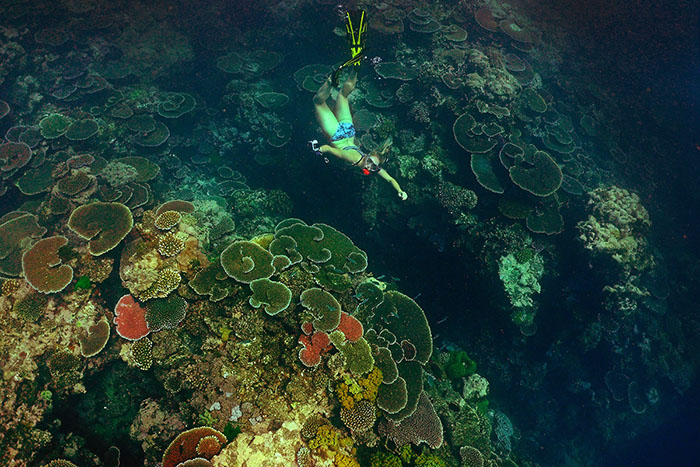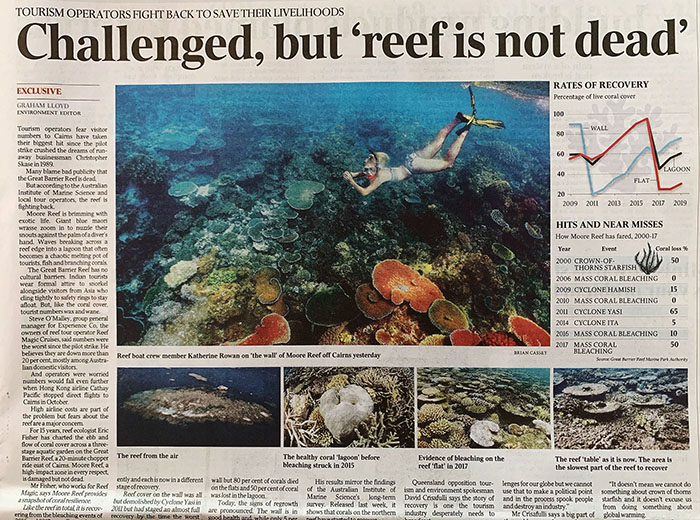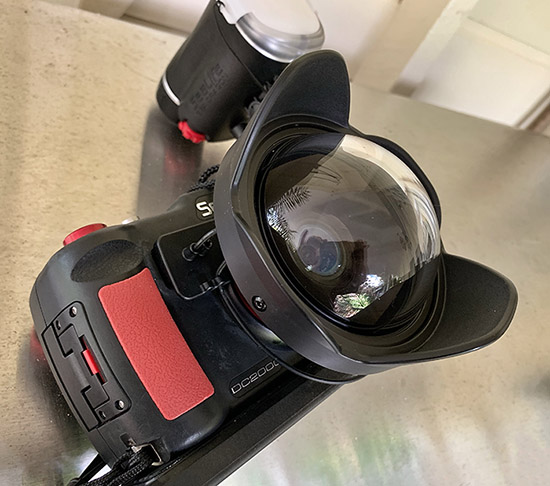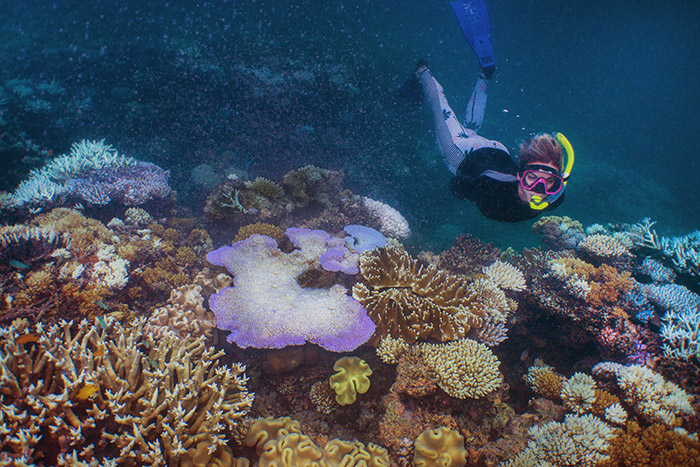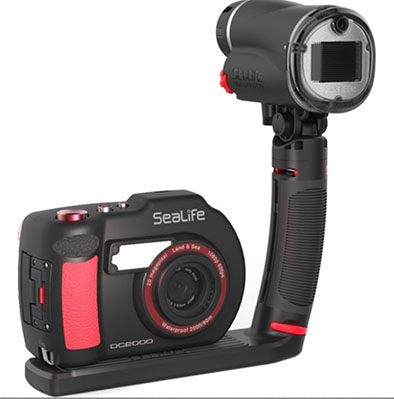… made a lightning fast visit to the Great Barrier Reef out from Cairns recently for The Australian.
Journalist Graham Lloyd and I were choppered out to Moore Reef … certainly one of my quickest (and shortest) visits to the Great Barrier Reef !
A twenty five minute helicopter flight … then straight into the water with camera, reef crew Katherine, reef ecologist Eric and journalist Graham … forty five minutes working in the lagoon, the flat and the wall of Moore Reef … then straight back on the chopper to Cairns.
The Australian published a couple of my images to accompany Graham’s story on page 3 (middle pic below) with a pointer from page 1.
In the top two images below Katherine is exploring the ‘wall’ area of Moore Reef which was smashed during Cyclone Yasi in 2011, impacted by Cyclone Ita in 2014 … and then extensively bleached during climate change related extreme temperature events in 2016 and 2017. Damage on the ‘wall’ section is still evident but it does appear that corals are making a comeback (and the fish numbers were astonishing.)
Even on the ‘flat’ area between the lagoon and the wall … where there has been extensive bleaching (which I documented back in May 2017 for @everydayclimatechange and News) … there is some coral regrowth.
Sadly, with more frequent extreme temperature events and cyclones almost a certainty as the planet warms, the World’s largest reef system still faces a distinctly uncertain future.
The reef trip also gave me a chance to use a nice new bit of kit … the Sealife 0.5X wide angle dome lens … on my Sealife DC2000 underwater camera (pic bottom below). The wide angle is perfect for my choice of underwater pics … making underwater ‘landscapes’ much more impressive. If you are interested in any underwater kit (including the excellent Sealife system) may I suggest contacting Tim Hochgrebe at Underwater Australasia for the best range and prices.
Images © Brian Cassey
